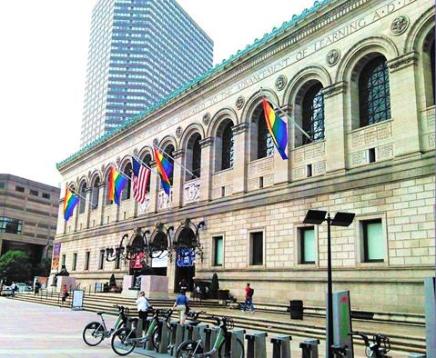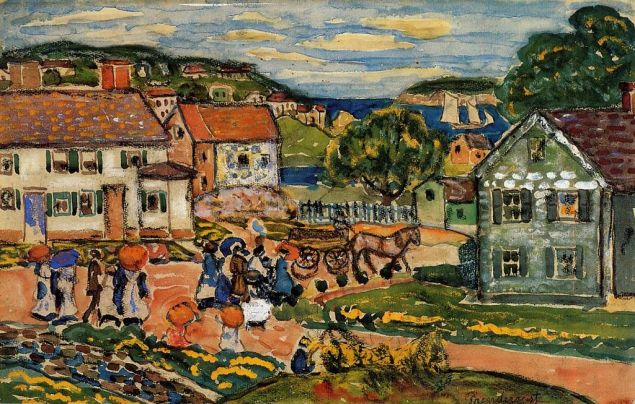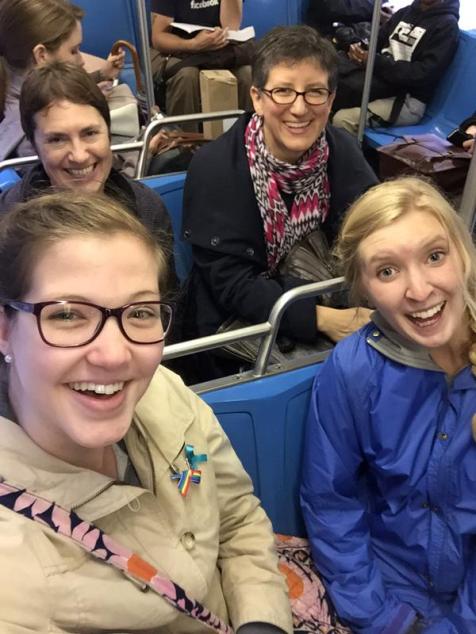
Genevieve Janvrin (guest author of blog post), Hannah Jacobsma, and Julia Randel (Hope College), along with their Houghton Library liaison Irina Kylagin, on the #2 bus, 2 June 2015. Photograph from Genevieve Janvrin.
I was drawn to the Boston Summer Seminar (BSS) because of my “extreme enthusiasm” for the writing and researching process in my music senior seminar with Dr. Julia Randel at Hope College. One day, as she was helping me figure out how to fit my undying love of opera into my final research paper, she asked me to be part of her research team in Boston for the 2015 inaugural summer. I quickly cleared my schedule.
Before I knew it, I was writing the proposal, booking the ticket, and boarding the plane for Boston.
What words can I use to begin? There are too many words. I could talk about my day on arrival, the extraordinary staff and teachers who worked with us, my Boston life, shops I went to and food I ate, the numerous museums we visited, navigating the subways, the BSS guest speakers, the Houghton Library at Harvard University, and much more. But before I get carried away, let me introduce myself and my research.
My name is Genevieve Janvrin; I am a recent graduate (December 2015) with a degree in Instrumental Music Education. I attended BSS 2015 on Hope College’s research team with two fabulous people: Dr. Julia Randel, chair of the music department at Hope, professor extraordinaire, and lead researcher; and Hannah Jacobsma, dancer, English major, fellow researcher, and friend. Our team worked closely with Irina Klyagin, the BSS archivist liaison at the Houghton Library. A manuscript cataloger, Irina is an expert on Russian literature, the history of dance, and Russian and European theatre. She gave us an exclusive tour of the vaults below the library as well as helped us navigate the Harvard research database. Irina and I chatted often about how my research was going and which collections were worth looking at and/or beneficial to my research. Overall, she has a lifetime of knowledge on our research topics.
The Original Research Plan
I planned to assist Dr. Julia Randel with her project, “Diaghilev, Stravinsky, Balanchine & Ballet Russe Tour.” She had shared a 1916 newspaper article from The Grand Rapids Press in a music history course I had taken the previous year. The article focused on the Ballet Russe, a Russian troupe of dancers that were touring in the United States in 1916-1917. The article highlighted the Ballet Russe’s performance of Schéhérazade, a sensual contemporary ballet with music by the famous Russian composer, Rimsky-Korsakov. I was enthralled, and slightly baffled, with the image of 1916 Grand Rapids audiences rushing to the theatre to see this risqué, exotic, and lavish performance! When I found out that Grand Rapids (and other U.S. cities like Boston) audiences fell in love with the performance, I was hooked on the Ballet Russe’s fascinating and slightly strange stateside narrative. I wanted to find evidence of the reception of the Ballet Russe Tour in Boston and Grand Rapids and the influence that the company had with the American public.
The New Research Plan
Well, my plan changed in the second week of research.
I mean I shifted my focus. I became completely fascinated with the people I was learning about and the stories I read in the archival files. For instance, I was learning about Diaghilev (the owner of the company) and the letters he exchanged with other people along the way: Nijinsky, a famous dancer linked to the Ballet Russe; Lydia Sokolova, one of the dancers with an unusual memoir from the U.S. Tour; the interesting travel stories from other dancers; the reception of Schéhérazade; the fan mail and love letters from audience members across the nation; the ads about the group coming to various U.S. cities; and the original Bakst paintings and drawings (an artist that followed the group and traced their performances).
In the quiet, small, securely locked research room at Houghton, I reveled in chasing the history of the whole undertaking of the 1916-1917 Ballet Russe American Tour. Through autobiographies, ads and articles in newspapers, photograph collections, books, paintings, drawings, stock “glamour” photos of the lead dancers, and a viewing of a few films, I began slowly piecing together the parts from the Tour. In the second week, I discovered something that I thought should have been included in this vast collection.
No one had put together a calendar of the Ballet Russe Tour, which might document exactly where the group went and when. Dr. Randel caught on to my enthusiasm and passion for the subject and encouraged me to keep going. I wanted to find out everything I could: first-hand accounts of the show; what shifted in American culture after the Russian Ballet visited; why performances changed from night to night; where they went when not performing; why they picked the dances they did, and the life of a dancer on the Tour. I made the most of my time and got down as much as I could. On the Thursday evening at the close of the seminar, I gave a funny speech, presented the calendar, ate some fantastic food, and said my goodbyes. I boarded a plane the next day back to Chicago and left my research behind.
An Impactful Experience
Yet my research still lives within me. I still question why American audiences fell in love with the Ballet Russe Tour. I also wonder if I could trace the 1920s American fashion blitz to the costumes worn by the Ballet Russe while they were on tour. Additionally, I would love to study Nijinsky’s dancing career and his chaotic life during the troupe’s second tour.
Here is my point: I got carried away with the stories and the questions. I got carried away with the quiet Houghton atmosphere and the kind souls, both living and dead, who guided me. I got carried away with Boston. My time at MHS, Houghton, and Harvard helped formulate a desire for the future: I want to be a researcher.
And despite the stones I left unturned, I definitely found a few great jewels.
Jewel 1: Boston is really beautiful.
The Charles River cools off the city on hot days, when the sun beams down and the summer preppy clothes come out. Even in the early rainy days when I was there, the cobblestone pavement at Harvard shines, and the campus buzzes with international and domestic students all wanting to get a glimpse of life as a Harvard student. The subway made getting around easy and affordable. I enjoyed finding little places to grab lunch or dinner with other research teams, and booking weekend activities (the Boston Aquarium and the Freedom Trail are quite fun) around the city that let me be a tourist, instead of a student. It was hard leaving such a historically significant city.
For my living situation, my father had a work colleague that I was fortunate to stay with for the duration of the program in Boston’s hilltop district, Beacon Hill. What a cool adventure. While I was living on “the Hill” for three weeks, I got to eat a few fancy meals, enjoy a walking tour of Boston and Concord from a true Bostonian, brush past a senator’s home, go sailing on the Boston River, and more; it was an experience I will not forget.
Jewel 2: Hannah, Julia, and Irina.
Julia kept encouraging both Hannah and I in our long research days, and Irina gave us a unique look at Houghton’s collections as well as wise advice. Hannah was a great research friend, lunch buddy, and listener. It was so wonderful to have these three people at my side during those hard research days when focusing on transcribing a handwritten letter seemed impossible.
Jewel 3: Natalie Dykstra, Anna Clutterbuck-Cook, and the Massachusetts Historical Society.
What a great team. Natalie, Anna, and the MHS put together dinners (and went to extreme lengths to ensure gluten-free meals for me). They brought in powerhouse guest speakers who helped me learn how to be a better researcher and led discussions that ensured we all shared in each other’s research journey.
Jewel 4: I want to be a researcher now.
I loved the work I did and how it opened up my mind to the possibilities of future research. I haven’t quite found my start since graduation and gaining my teaching certificate, but I am eager to jump into research in the near future.
Addendum:
To the 2016 Boston Summer Seminar Attendees: The BSS is a fantastic find – congratulations! I hope in all of your wandering of the city, in all of your research, in all of your tweeting #BSS16life, you get a little carried away, just as I did. J
Best of luck,
Genevieve
~ Genevieve Janvrin, BSS Alum 2015, Hope College graduate 2015
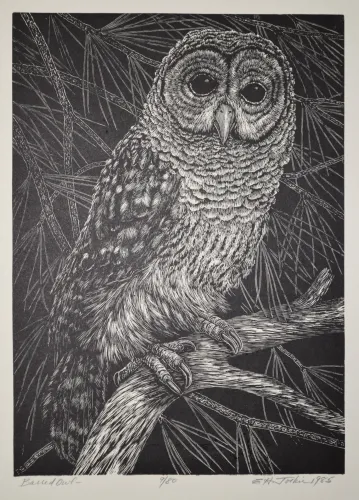
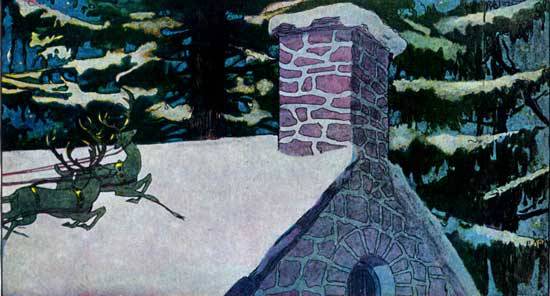

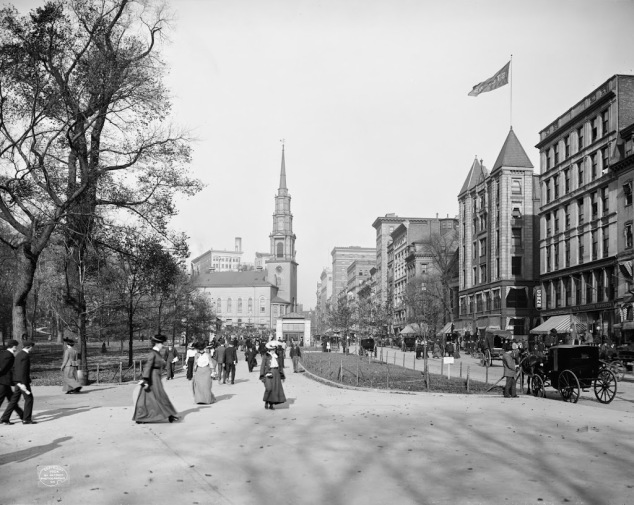
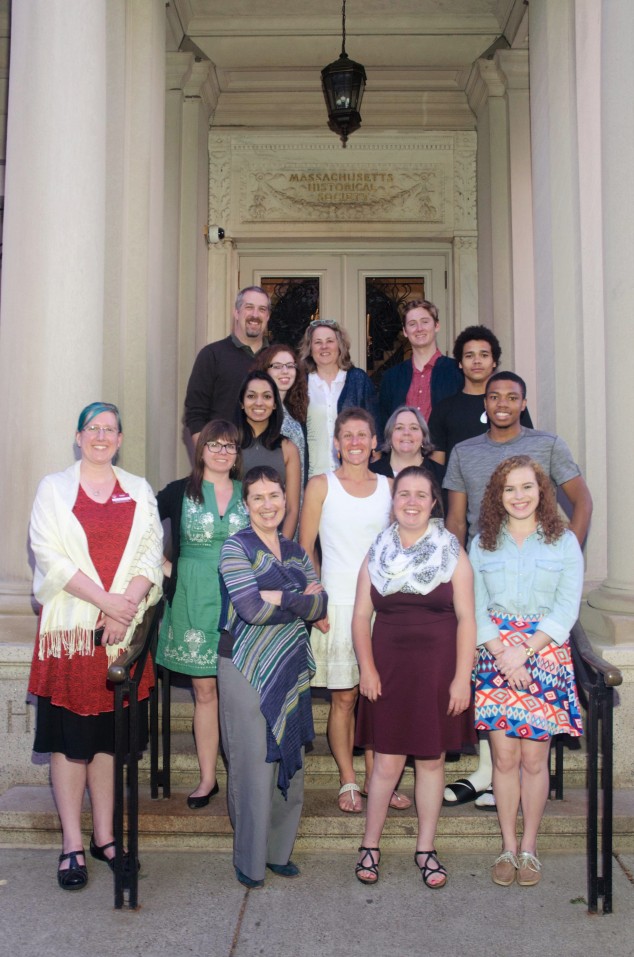
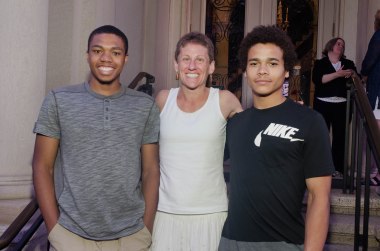
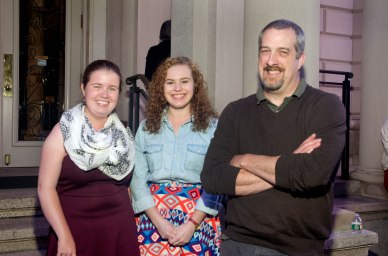

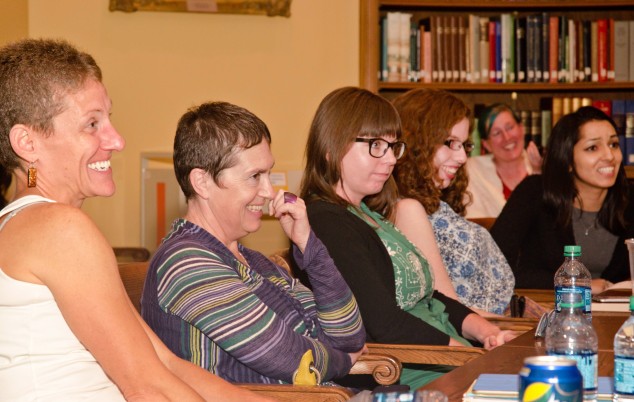
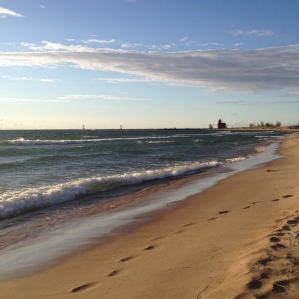
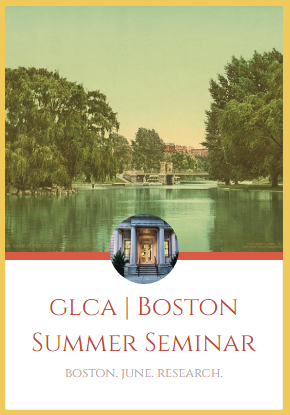
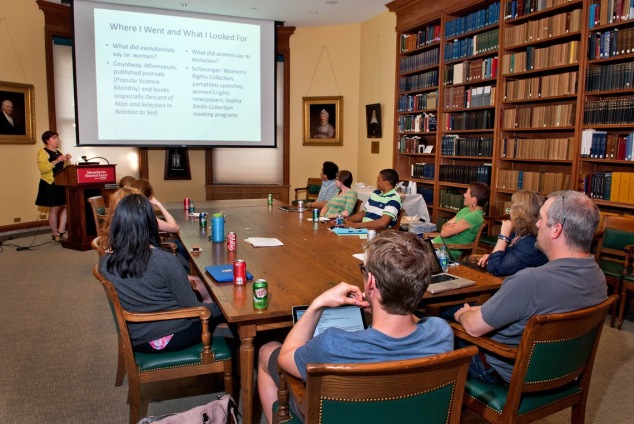
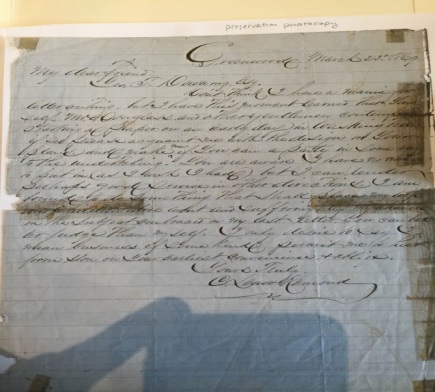
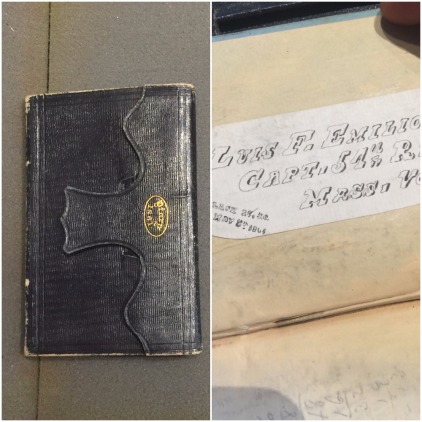
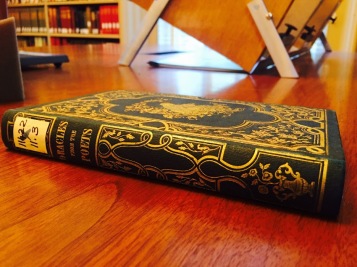
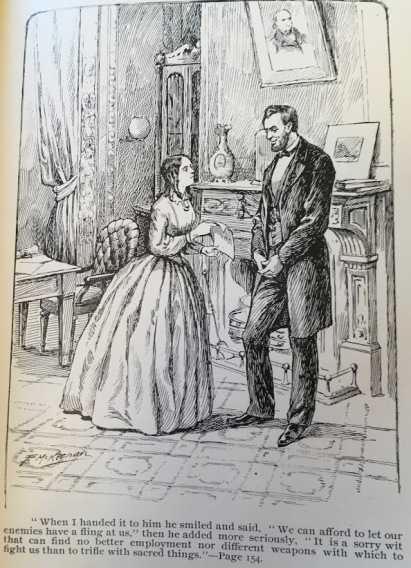
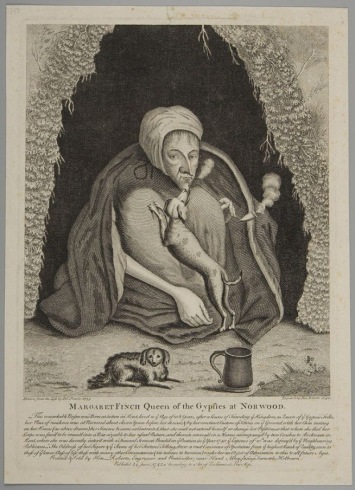
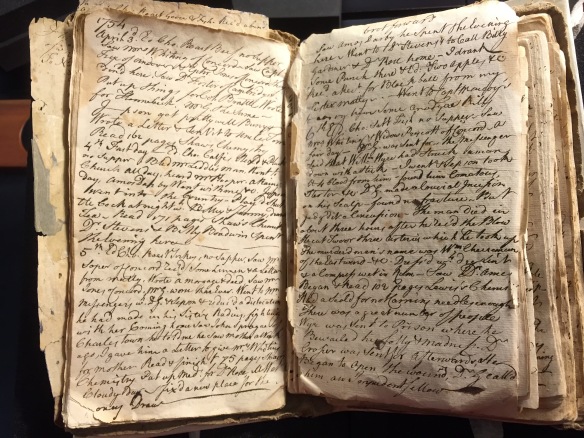

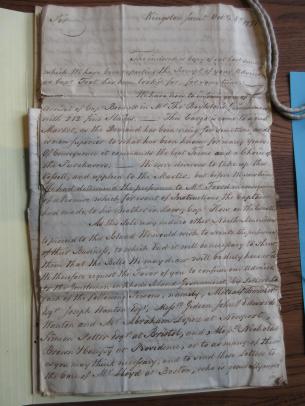
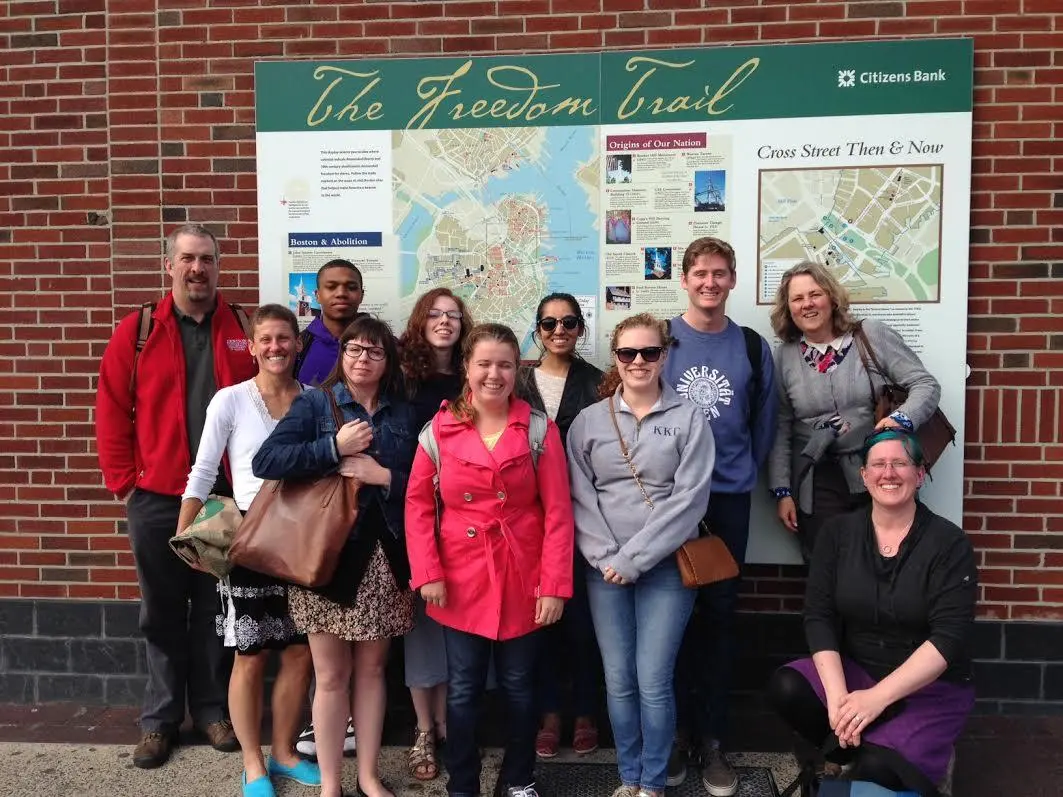
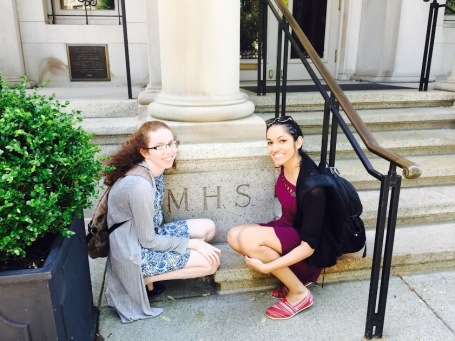
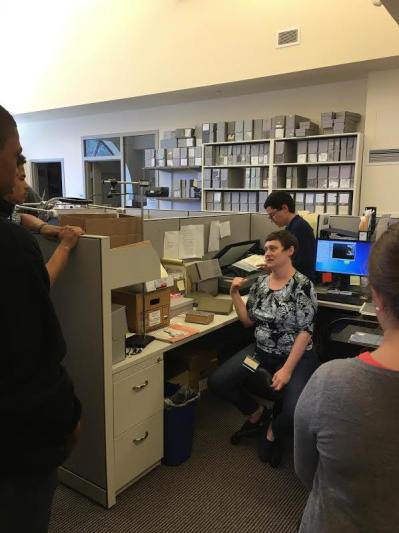
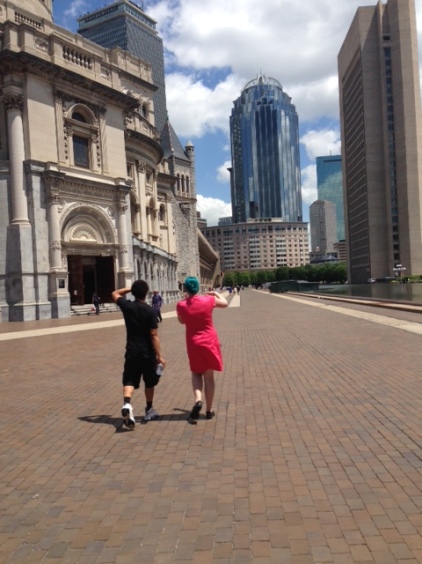
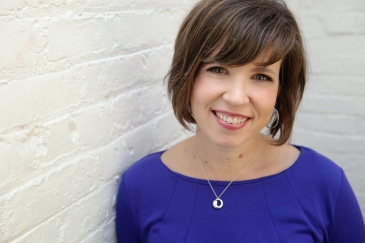 Associate Professor Kimberly Hamlin
Associate Professor Kimberly Hamlin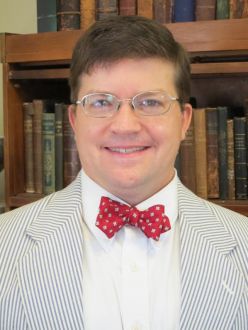 Originally from Nashville, Tennessee,
Originally from Nashville, Tennessee, 
